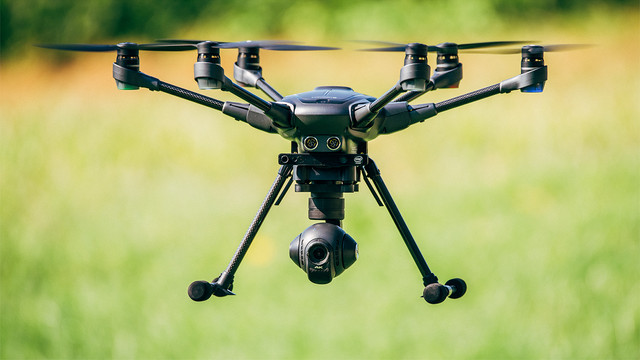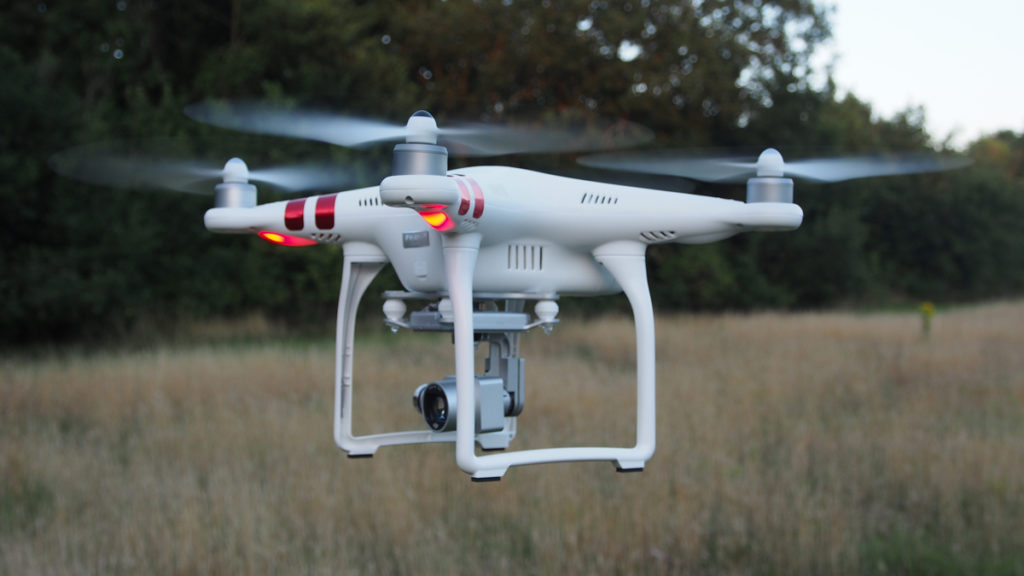
Very Soon Drones Could Be Controlled with Upper Body Movements
Ever since drones have hit the commercial market. It blew up. People loved the idea of being piolet of a small flying object. Drones are used for any purpose apart from fun. It can be used for surveillance. Especially in those places where human life could be at risk. Now, so far these small flying objects could be controlled by many different ways.

First, it could be controlled by a physical joystick controller. Alternatively, it could be controlled right from your smartphone, turning it into the controller. Alternatively, you could set a, and it would automatically fly itself and get back.
However, now, scientists have provided yet another way that these drones could be controlled. According to them, these drones could be controlled by upper body movements.
What do researchers say?
Apparently researchers from Ecole Polytechnique Federale de Lausanne (EPFL). Which is located in Switzerland. Said that controlling a drone from your upper body movements, in other words, your torso movement.
Has proven to be much more precise and secure compared to a joystick. Which currently is the traditional way most drones are controlled.

“We aimed to design a control method which would be easy to learn and therefore require less mental focus from the users so that they can focus on more important issues, like search and rescue.” Said by one of the leading team members from the research team.
How did researchers do this study?
Apparently, researchers took 17 individuals. They monitored their upper body movements. Which was possible with the help of 19 markers placed over specific areas on the upper body. Which are the key points in doing any movement? After which they made the controls of a virtual drone, from those moves. Specified specific movement for specific control.
Surprisingly, what they found out. Among 19 points they had initially put. Only four were necessary to control the drone fully. Making it much more easily done the task. After which they matched the data of 39 individual controlling the drone with joystick and torso movement.

They found out that torso movement was much more precise and smooth. Which gives hopes that in future, these drones could be controlled by upper body movements.